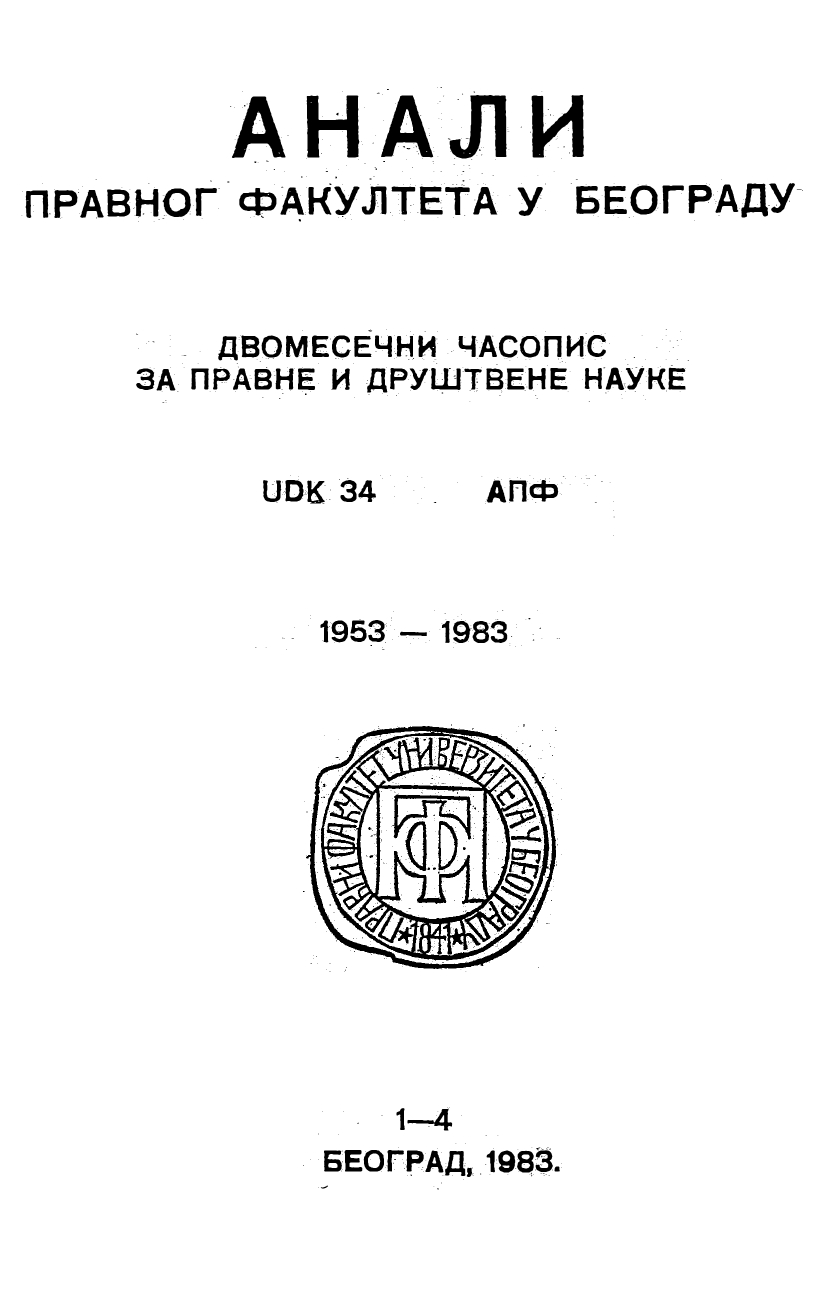МИРНО РЕШАВАЊЕ МЕЂУНАРОДНИХ СПОРОВА И НЕСВРСТАНОСТ
PEACEFUL SOLUTION TO INTERNATIONAL DISPUTES AND NON-ALIGNMENT
Author(s): Radoslav StojanovićSubject(s): Law, Constitution, Jurisprudence, International Law
Published by: Правни факултет Универзитета у Београду
Summary/Abstract: The author begins his discussion by stating that certain revitalisation of the cold war does not simultaneously lead to the consolidation of farces within the non-alignment movement (which otherwise did happen during the cold-war period of the 50-ties and the 60-ties), but is followed by a polarisation of the non-aligned states themselves. Factors causing disputes between non-aligned states may be divided into two groups: 1) those factors deriving from historical and current relations between the non-aligned states, and 2) those having impact on these relations from the outside (balance of power in the world, ideological and political pressure of the big powers etc.). The author states that it would be necessary, with a view to the solution of disputes between non-aligned states, to concentrate efforts within the non-aligned movement in order to establish legal instruments, which would in their essence, embody principles of active peaceful co-existence. With a view to achieving that, the non-aligned countries have in their congress resolution from Belgrade to Havana improved and expanded the number of principles governing peaceful relations between states. At the end, the author analyses the attempts to form concepts of collective action for the purpose of finding peaceful solutions to disputes between non-aligned states, especially on the Ministers Conference of the Co-ordination Bureau in Havana in 1974 and the Conference in Belgrade in 1978.
Journal: Анали Правног факултета у Београду
- Issue Year: 31/1983
- Issue No: 1-4
- Page Range: 652-659
- Page Count: 8
- Language: Serbian

